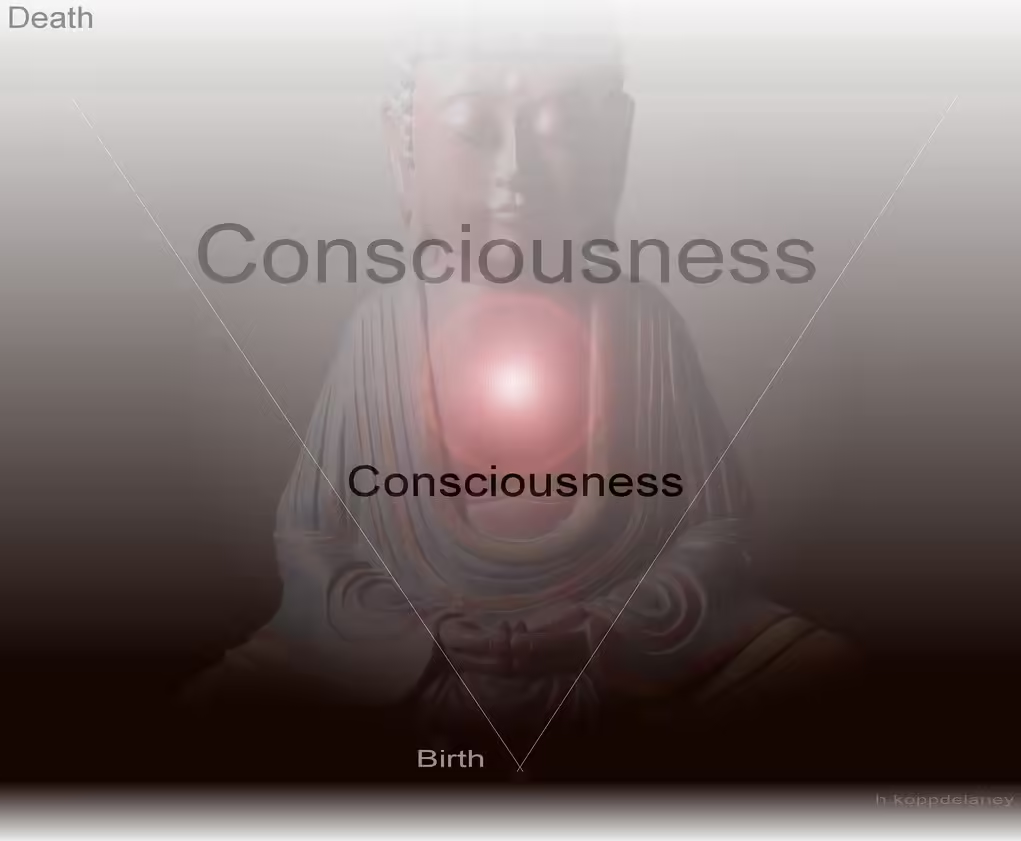Table of Contents
The study of consciousness is one of the trickiest issues in philosophy and neuroscience. How can physical substance give rise to consciousness?
Philosopher David Chalmers called this subject “the hard problem” in a 1995 study. Determining how the brain functions to perceive, learn, think, and make decisions is the “easy” problem, he claimed.
Even while the answers are not simple, many problems can at least be explored scientifically and, with the correct methods and tools, may finally be resolved. Chalmers claims that understanding why and how we have subjective experiences when we perceive, learn, reason, and so forth is the “hard” problem.
Certain specialists believe that we’re getting close to resolving that issue. Some believe there may never be a solution.
Competing Theories of Consciousness

Neuroscientist Katrina Krasich is a two-time winner of the Neurophilosophy of Free Will World Wide Competition and works at Elon University. According to Krasich, significant advancements have been made in solving the “easy” problem in recent times.
“We’ve been at least able to assess what I will call enabling conditions,” according to her, “what allows consciousness to emerge, or at the very least, what conditions prevent consciousness from occurring.” Krasich claims that improved tools for observing the functioning of the brain are mostly responsible for this advancement.
That still doesn’t explain how humans go from meat to thought, but a lot of researchers are working on it in a variety of disciplines, including linguistics, information science, neuroscience, philosophy, physics, and linguistics.
Theory of Integrated Information
Integrated information theory (IIT), created by University of Wisconsin neuroscientist Giulio Tononi, is one of the most promising theories of consciousness to date. According to IIT, consciousness necessitates the assimilation of a vast amount of data.
In a system, any system, consciousness appears when the information is sufficiently integrated. A system, like your phone, needs to connect all that data in a meaningful way. Having a ton of information is not enough. Additionally, the entity integrating the information becomes more conscious the more of it it integrates.
Because it allows the potential of consciousness, or at least a very primitive version of awareness, in locations we wouldn’t often expect to find it – in a proton, for example – IIT has come under heavy fire. It is comparable to panpsychism—the theory that awareness is innate in all matter—in a neuroscientific sense.
The Theory of Global Workspace
Global Workspace Theory (GWT), first formulated by Bernard Baars in the 1980s, is a competing theory. According to GWT, while the brain processes information, an internal “workspace” is where awareness is produced. According to GWT, the information processing that drives behavior produces consciousness as a result.
In an effort to solve the mystery of consciousness, some are investigating how the brain functions using contemporary tools like transcranial magnetic stimulation and functional magnetic resonance imaging (fMRI). A few are even examining the relationship between consciousness and quantum mechanics, such as Chalmers, who is currently the co-director of NYU’s Center for Mind, Brain, and Consciousness.
The Search for Neural Consciousness Correlates
Finding the neural correlates of consciousness—neuropatterns in the brain connected to particular conscious experiences or states—is a major area of current consciousness research.
Chalmers and Christof Koch, a neuroscientist and supporter of IIT, went out for drinks one evening in 1998 while attending the annual meeting of the Association for the Scientific Study of Consciousness (ASSC) in Bremen, Germany, and struck up a conversation about the direction. Consciousness science was taking.
Within twenty-five years, Koch bet his friend a case of wine that science would have discovered the “clear” (notice the use of the word) brain correlates of consciousness. Koch today maintains that, despite some young exuberance playing a part, he was sincerely sure that science would fulfill that deadline.
Twenty-five years after the wager, in June at the ASSC 2023 conference, the bet was settled. Human patients’ brain patterns were examined in fMRI and implanted brain electrode experiments, and the results were compared to the conscious experiences the patients reported having while viewing images of faces and other objects. Some of the GWT and IIT predictions appeared to be supported by the data, which were presented at the meeting. The outcomes, though, were anything but obvious.
Koch acknowledged that these findings demonstrated the absence of any obvious brain correlations. With great grace, he gave his friend six bottles of Madeira from 1978.
(Chalmers expresses his delight, saying he had anticipated a 1998 vintage.) Koch also demanded a double-or-nothing rematch. Koch predicted that conclusive proof would be discovered in another twenty-five years. Chalmers accepted the wager without hesitation, but he says he’ll be content if he loses this time and believes his odds of losing are higher now because of advancements in brain-observing technology.
Nevertheless, neither bet necessitates resolving the challenging issue. Even if it were possible to identify the neurological correlates of consciousness, this would not prove that consciousness arises from matter. The philosophical consequences of that question may or may not be scientifically verifiable.
An Upcoming Consciousness Generation
Chalmers will be 82 and Koch 92 years old in 25 years. Krasich, who is somewhat younger than the two men, is among the new wave of scientists tackling this issue. She calls herself a “bright-eyed and bushy-tailed approach,” implying that she is positive but not sure the issue will be resolved. She believes that advancement will come from additional scientific discoveries and ongoing technological growth. “But,” she continues, “it’s really unclear if we’ll be able to answer with certainty how consciousness emerges.”
But there is one thing about which she is sure. An interdisciplinary approach will provide any progress. “I doubt my field of study will provide the solution. Computer science, in my opinion, won’t have the solution. I believe the solution will be interdisciplinary.” More bets might be placed as research groups continue to address the confounding issues surrounding awareness, both “hard” and “easy.”
read also: There appears to be an unexpected, ancient structure wrapped around Earth’s core.
But there is one thing about which she is sure. An interdisciplinary approach will provide any progress. “I doubt my field of study will provide the solution. Computer science, in my opinion, won’t have the solution. I believe the solution will be interdisciplinary.” More bets might be placed as research groups continue to address the confounding issues surrounding awareness, both “hard” and “easy.”
How Close Is Science to Solving the Problem of Consciousness? (msn.com)


1 thought on “How Much of the Consciousness Problem Can Science Solve?”